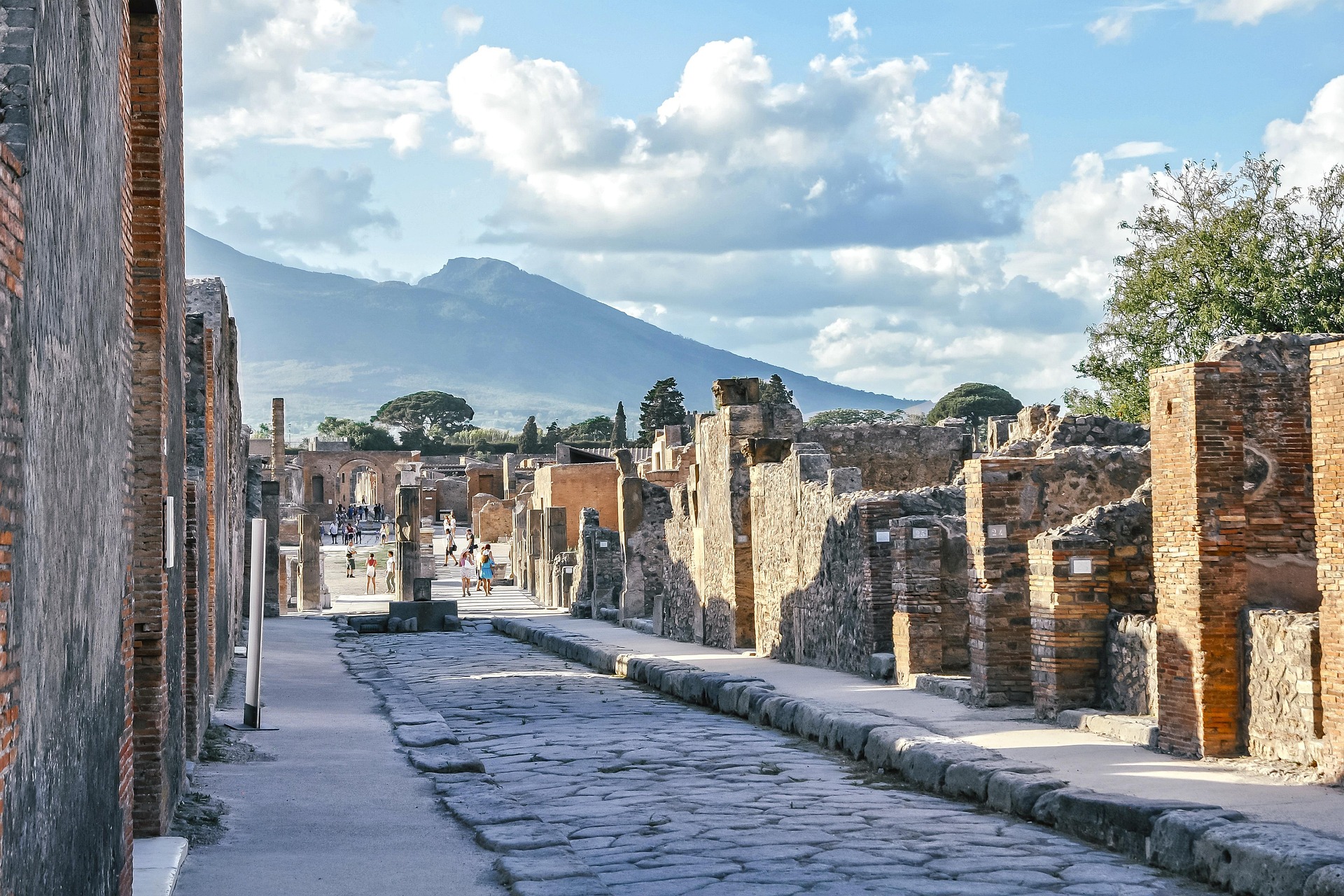Rediscovering Ancient Pathways: Modern Pilgrimages as a Transformative Travel Trend
In an increasingly digital world where every location is just a Google search away, the craving for authentic, transformative experiences is seeing a resurgence. One such trend shaping the modern travel and transportation landscape is the act of pilgrimage - a tradition steeped in history but undergoing a contemporary revival.
A Journey Through Time: The Historical Tradition of Pilgrimage
Pilgrimage, a journey undertaken for religious or spiritual reasons, has roots stretching back to antiquity. Historically, these journeys were made to sacred sites, often involving a considerable distance and a degree of hardship. Pilgrimages were not only religious rites, but also a form of travel, offering rare opportunities for medieval people to venture beyond their localities.
Modern Pilgrimage: Ancient Tradition, New Interpretations
In a modern context, the concept of pilgrimage transcends the religious confines it once held. Today’s pilgrims are diverse, from spiritual seekers to history buffs, adventure enthusiasts to self-improvement devotees. They seek personal transformation through physical travel, retracing ancient routes like the Camino de Santiago in Spain and Japan’s Kumano Kodo.
Advantages and Challenges of Pilgrimage Travel
The advantages of pilgrimage travel are significant. It offers a slower pace, encouraging travelers to absorb their surroundings and foster connections with fellow pilgrims. It is a journey of personal discovery, often leading to profound mental and emotional transformations.
However, it comes with its challenges. Long-distance walking or cycling requires physical preparation. Cultural, linguistic, and practical barriers can also exist. Yet, these challenges often enhance the transformative potential of the journey, reinforcing the reward upon reaching their destination.
The Impact of Modern Pilgrimages on Travelers and Communities
Pilgrimage tourism has not only changed the lives of the travelers but also made a substantial impact on local communities. It brings economic benefits to often remote and rural regions while fostering cultural exchange and mutual understanding. Pilgrims often return home with a renewed sense of purpose and perspective, shaped by the people they’ve met and the experiences they’ve undergone.
Venture Off the Beaten Track: Practical Points to Ponder
- Research your chosen route extensively. Understand the terrain, climate, and any potential safety concerns.
- Physically prepare yourself. Even if you’re generally fit, walking or cycling long distances day after day can be strenuous.
- Respect the local culture and customs. Remember, many of these paths have deep spiritual and historical significance.
- Pack wisely. Remember, you’ll be carrying your belongings for long distances.
- Keep an open mind. The journey will likely be challenging, but also incredibly rewarding.
In conclusion, modern pilgrimages offer a unique blend of adventure, self-reflection, and cultural immersion, setting them apart from typical tourist experiences. This travel trend invites us to slow down, savor the journey, and transform through the ancient practice of pilgrimage. As we retrace the steps of countless pilgrims who came before us, we not only make a physical journey but also a deeply personal one, offering a fresh, unique perspective on what it means to travel.





